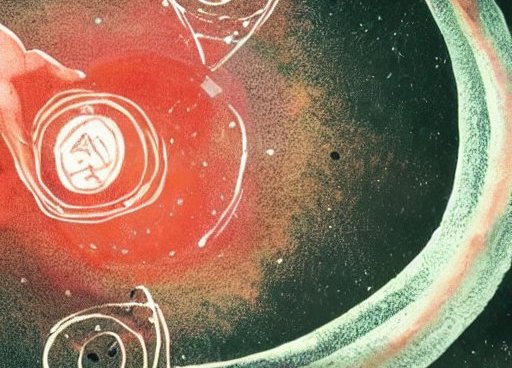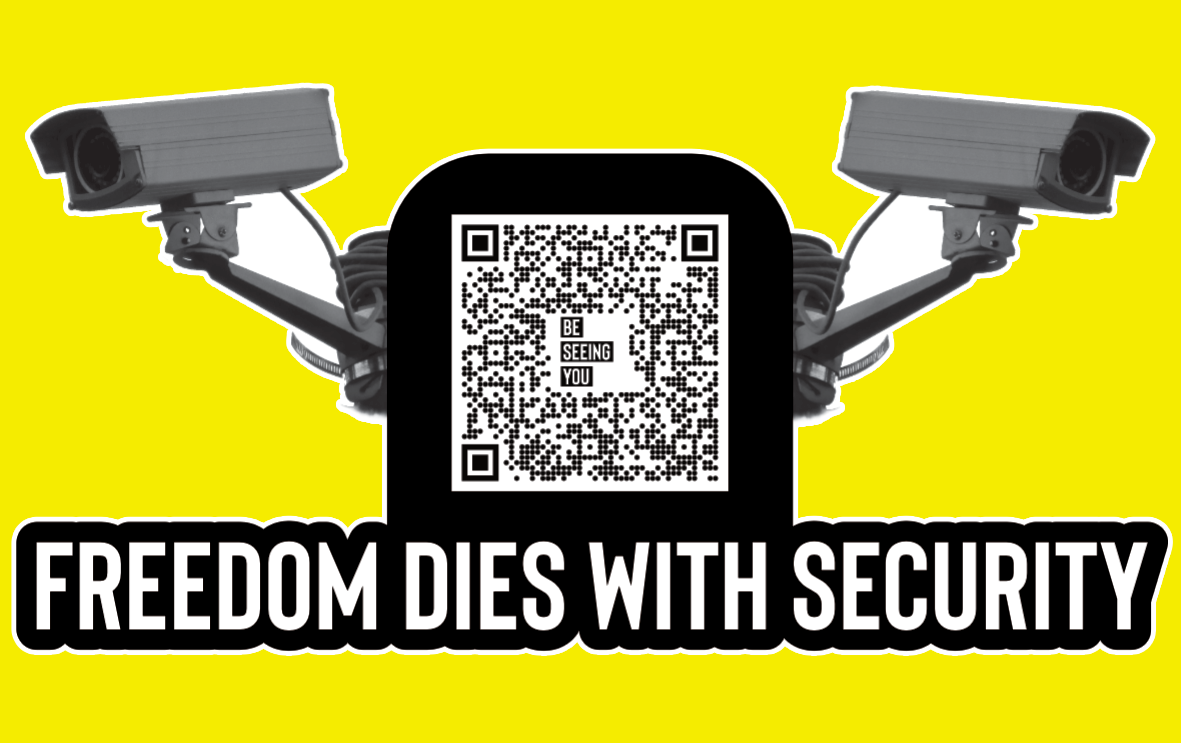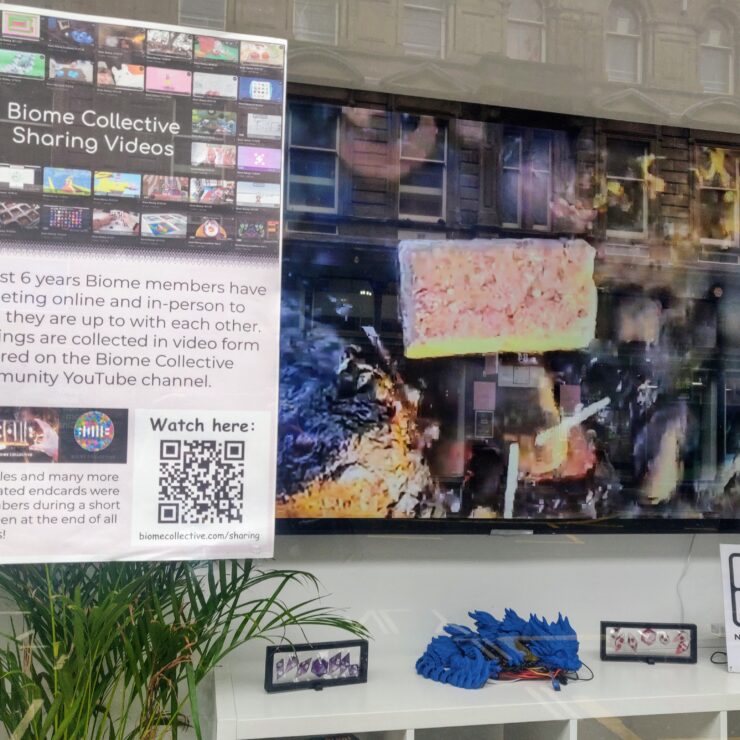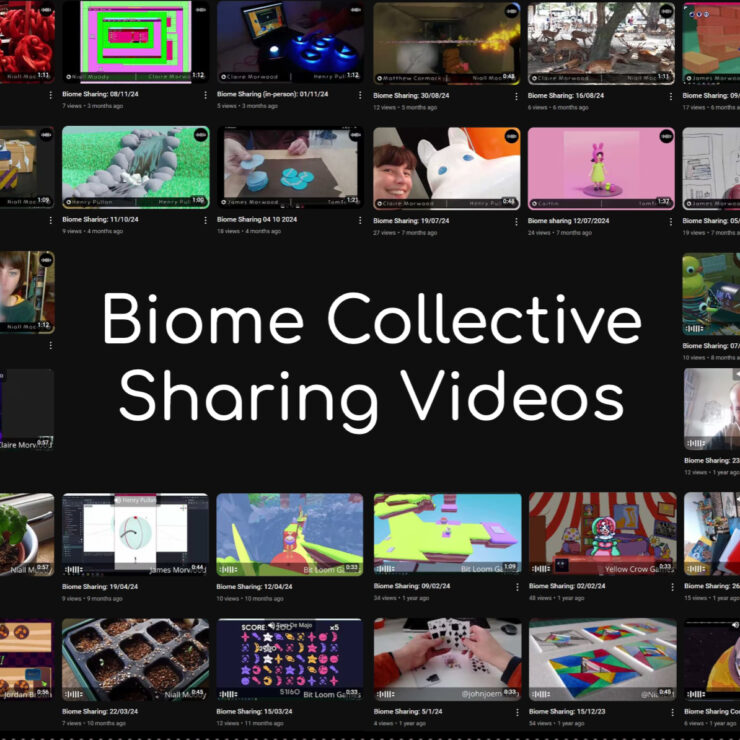The Magic Circle

Examining gender-based violence through tabletop roleplay games by Tanya Floaker Most mainstream tabletop role-play games (ttRPGs) have their family tree lead back to the combination of wargaming and fantasy fiction which spawned Dungeons & Dragons (D&D). However, roots can be found further back in a wide range of parlour games and structured group storytelling activities. The re-emergence of the spirit of creativity found in these earlier games can be seen in the way ttRPGs expanded beyond the traditional scope of play and game style set out by D&D.

Nowadays, ttRPGs offer a unique means to create a fictional space where we are granted permission to explore all kinds of imagined alternative realities. Everything from fictional worlds and flights of fancy through to political ideas or our expressions of self. While many arts have a (generally) well-defined boundary between creation and consumption, the line between artist, performer and audience overlap when playing a ttRPG. Those sitting down to play draw a magic circle around themselves; they agree to social conventions and rules to use in the creation of a shared narrative (usually done by agreeing upon which game to play); however, nobody knows what will occur in that space during play. Narrative is created by the players up until some suggestion requires the “game” element of the “Role-Play Game” to kick in. Here, the rules of the game ask choices to be made, cards drawn, tokens moved, dice rolled or some other activity to be completed. The outcome of these rules then informs the players as to the direction the narrative should take. Those playing will pick up this outcome and carry on running with it until the game rules throw a curve again.

Like in most art forms, the blockbusters of the gaming sphere usually replicate patriarchal ruling class ideology. However, there are artists working in the tabletop gaming space which seek to challenge dominant narratives. Many game designers are creating art which examines Gender-Based Violence (GBV), the patriarchy, the social aspects of sexuality and gender or imagine alternative social structures we could live within. Avery Alder provides us with space to examine notions of queer survival in hardship in the post-apocalyptic Dream Aksew, a discussion of messy teen interpersonal relationships with Monsterhearts, or the tools to examine our own identities in a poetic form with Variations on Your Body. Ash Kreider examines found family and ideas of belonging with Our Travelling Home, or their examination of toxic masculinity in the grueling epic war fantasy of The Watch. Toxic masculinity is also examined through the lens of the currently popular Viking fiction in Blackfisk Publishing’s Blood Feud. The fairytale of Bluebeard’s Bride has even been adapted by Whitney “Strix” Beltrán, Marissa Kelly, and Sarah Richardson and published by Magpie Games – explicitly using the tale of the bride to examine GBV directly. Martin Nerurkar looks at the importance of healing stories after experiencing trauma in The Mending Circle. The list of games in this field could go on and on.
My own small contribution is BE SEEING YOU. This is a game (in part) about surveillance, a topic which is rarely the focal point in tabletop games. Regardless, I would argue that eliminating GBV requires universal, open, and secure access to a global internet and removing gendered surveillance. These prevent technology being used as a means of patriarchal control. Conversely, gendered surveillance is almost always portrayed in mainstream discourse as being an effective deterrent to GBV, and something that is required to tackle this social ill. It is my hope that by bringing questions around surveillance and freedom to the fore in my own work, it will help facilitate a place in which others can examine these contradictory viewpoints, both inside the shared fiction and through post-gameplay discussions. There is a whole wealth of other people using the art of ttRPG design to open up conversations on liberatory feminist or queer ideas. Like any art form, each work will be in some way unique, so I highly recommend finding a title that interests you and giving it a go. Anyone in or near Edinburgh should feel free to contact my local club, Edinburgh Indie Gamers. Even if you can’t game with us directly, our members are often in a good position to help folks elsewhere in Scotland find friendly places to play or select the right game to meet your interests. Step into the magic circle, give yourself permission to dream, and perhaps you will bring a small part back when you return.
About the Artist
Tanya Floaker has been part of NEoNs winter programme, supporting this years Global 16 Days Campaign. Tanya Floaker is a queer anarchist communist based out of Edinburgh. They design games that consciously engage with their political outlook, help organise Edinburgh Indie Gamers, and mod r/RPGcreation.When not busy with indie/freelance game design, they are part-time student counsellor and full-time parent. Main Image Credit: AI generated image using Stable Diffusion


